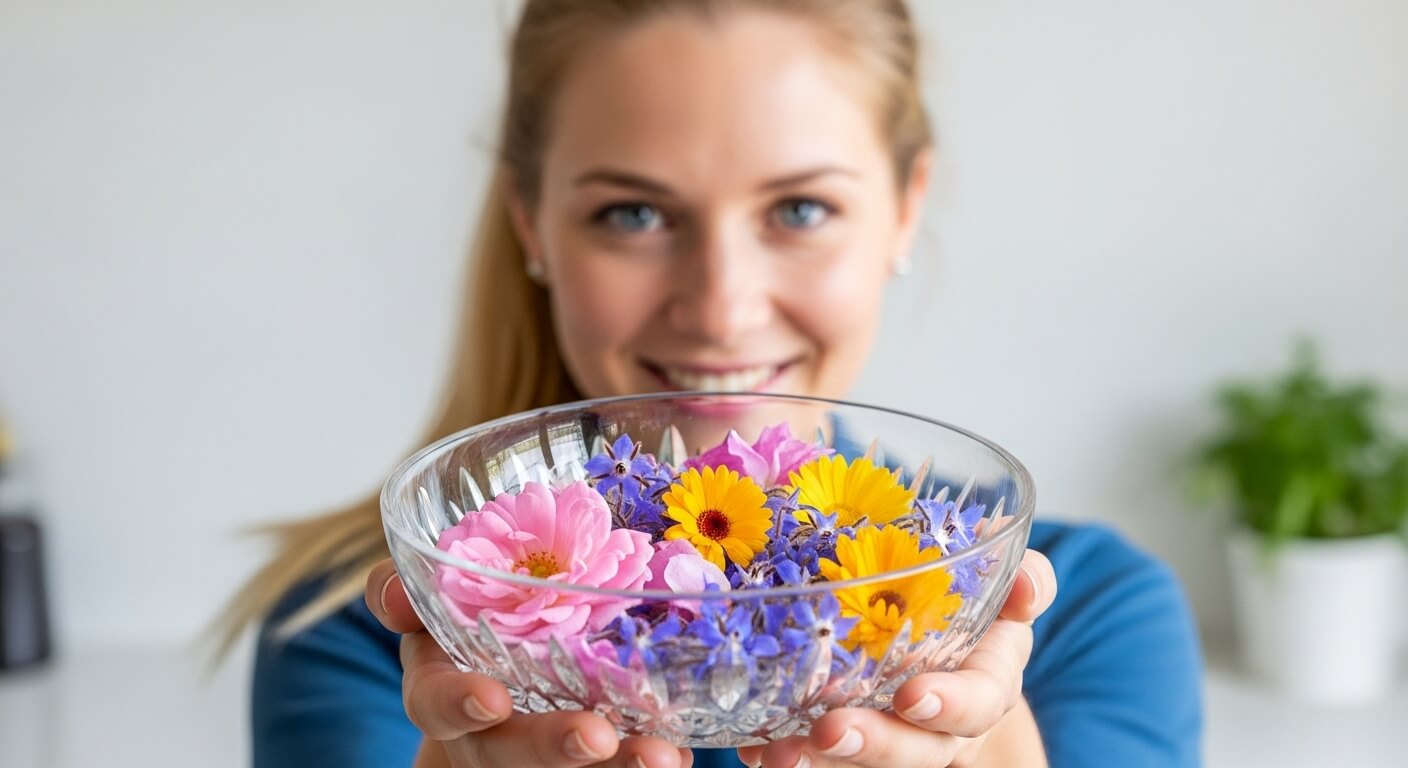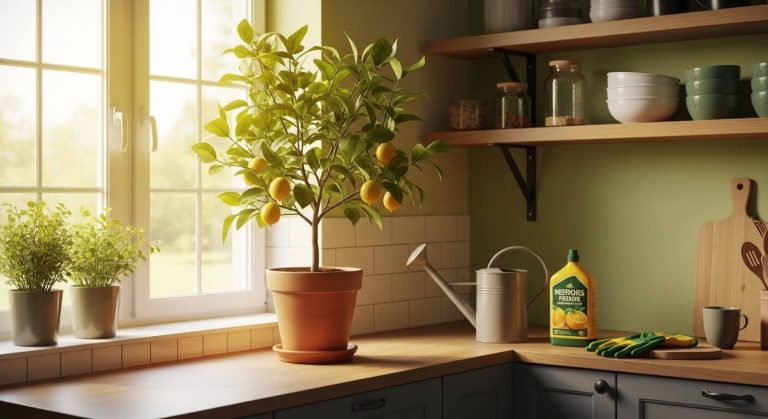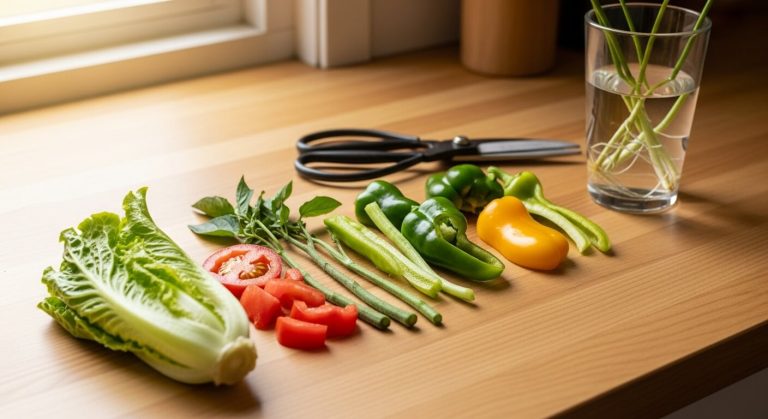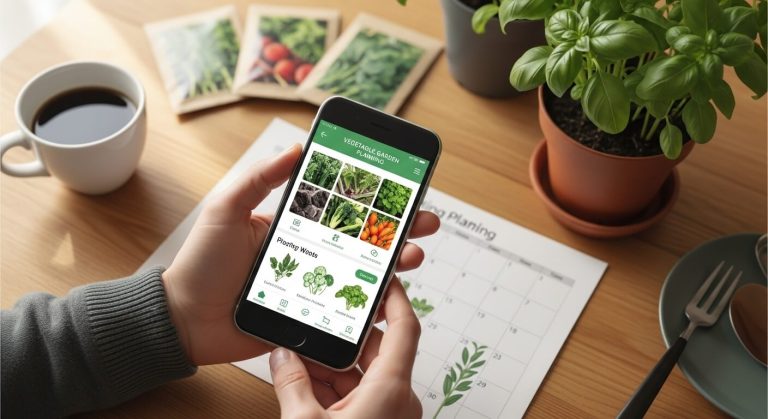Best Edible Flowers to Grow in Your Garden
Introduction: Ready to Eat Your Garden?
Ever walked through your garden and thought, “Hmm, that flower looks delicious”? Well, guess what—it probably is! In this fun (and slightly tasty) guide, we’re diving into the best edible flowers to grow in your garden that will not only add color to your beds but flavor to your meals. Think of it as gardening with benefits—your salad will thank you.
1. Nasturtiums: The Spicy Showstopper
When it comes to edible flowers to grow, nasturtiums steal the spotlight. These vibrant, cheerful blooms pack a peppery punch, similar to arugula, and their leaves are edible too!
Why You’ll Love Them
- Flavor: Peppery, zesty taste
- Bloom Time: Late spring to early fall
- Zones: Best in USDA zones 3–9
Growing Tips
- Loves full sun but tolerates partial shade
- Thrives in poor soil (less nutrients = more flowers)
- Needs regular watering but don’t overdo it
How to Use Them
- Toss them in salads for a spicy kick
- Use as a colorful garnish
- Stuff whole blossoms with cream cheese for fancy appetizers
Pro Tip: Nasturtiums are the edible flower version of a jalapeño in a prom dress. Pretty but packs a punch!
👉 Available on Amazon – Nasturtium Seeds
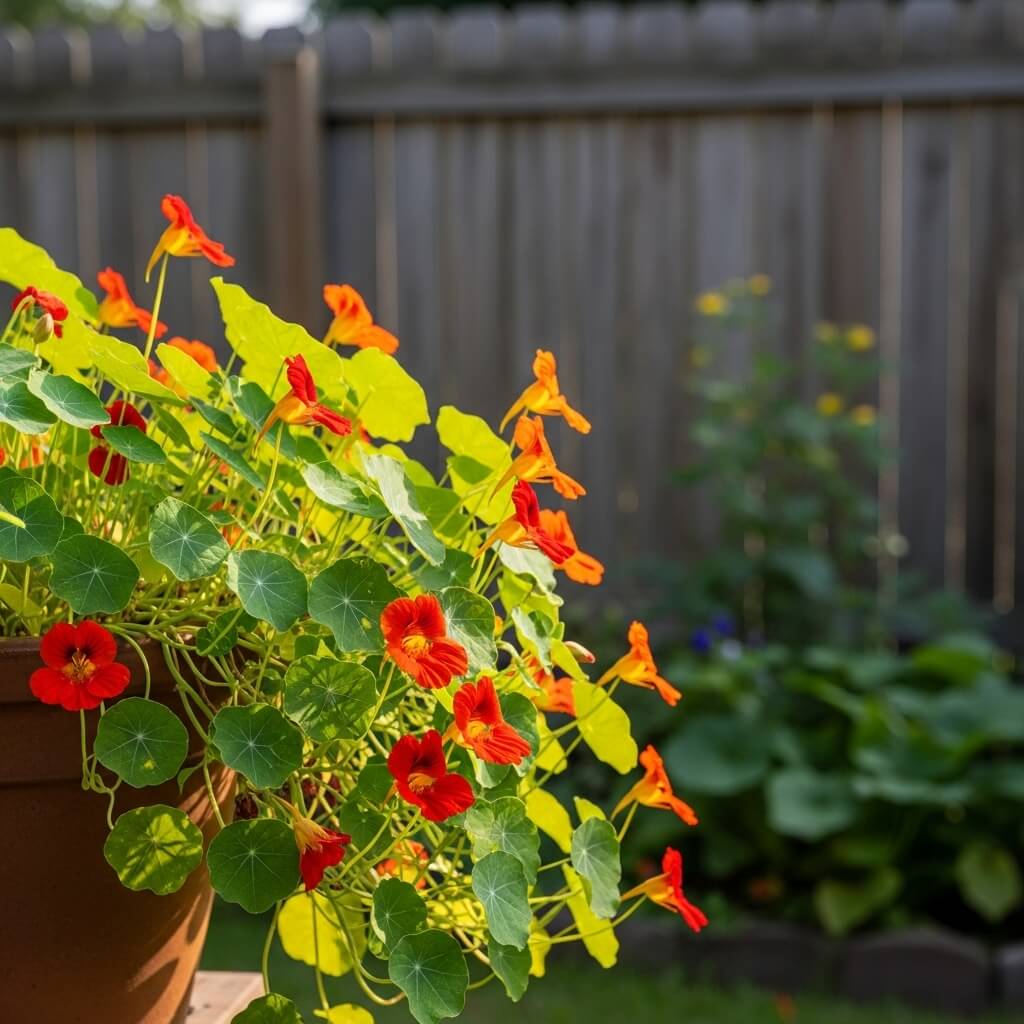
2. Calendula: The Sunshine on Your Plate
Known as “pot marigold,” calendula is not just a pretty face. This golden-orange bloom adds a slightly tangy, peppery taste and has been used for centuries in herbal remedies.
Why Calendula Rocks
- Flavor: Mildly peppery and tangy
- Bloom Time: Spring through fall
- Zones: Thrives in USDA zones 2–11
Growing Tips
- Prefers full sun
- Grows easily from seed
- Deadhead regularly to encourage blooms
How to Use It
- Sprinkle petals in pasta or rice dishes
- Use in herbal teas or infused oils
- Dried petals are great in homemade beauty products
Fun Fact: Calendula petals were once called “poor man’s saffron”—now that’s classy on a budget.
👉 Available on Amazon – Calendula Seeds
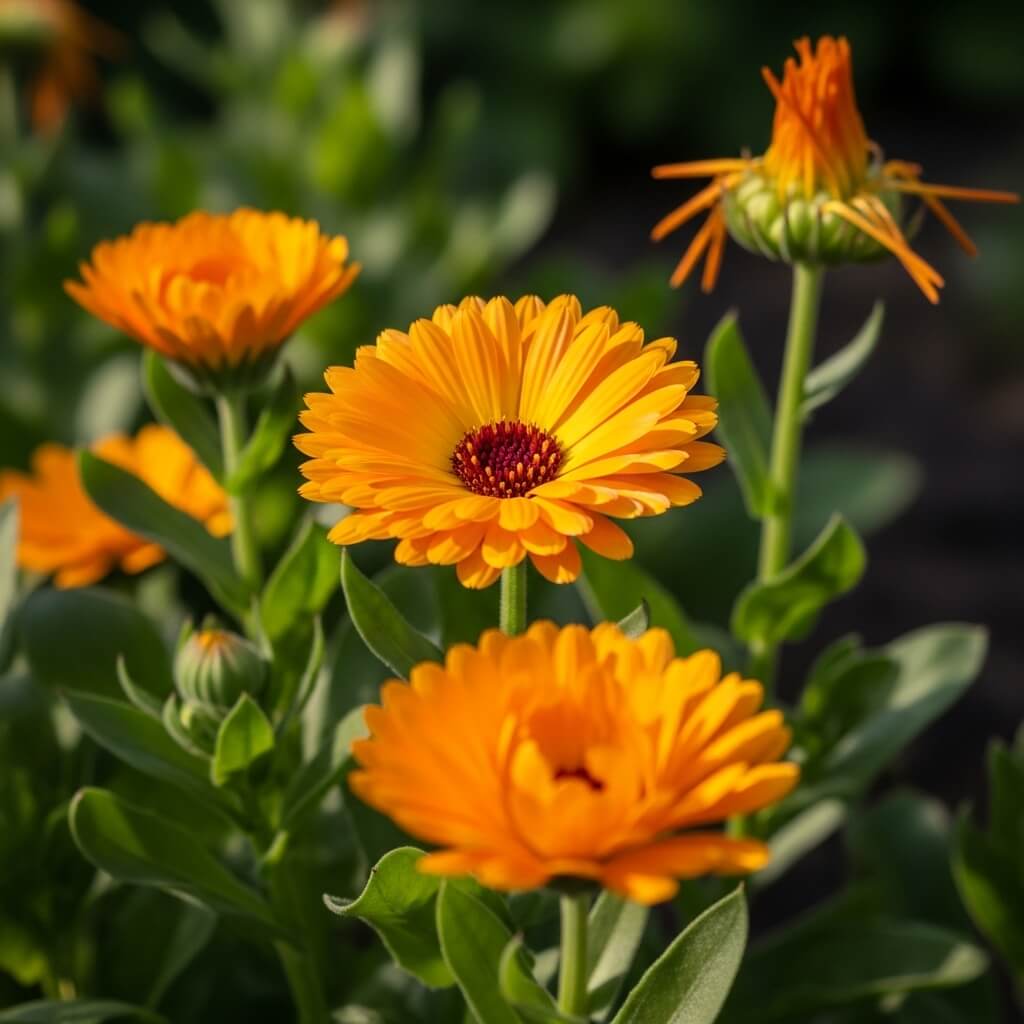
3. Borage: The Cucumber Surprise
Looking for something that blooms like a star and tastes like cucumber? Meet borage, the underdog of edible garden flowers.
What’s So Special?
- Flavor: Cool, cucumber-like
- Bloom Time: Summer to early fall
- Zones: USDA zones 3–10
Growing Tips
- Loves full sun and well-drained soil
- Self-seeds generously
- Bees absolutely love it!
Culinary Uses
- Drop flowers in cocktails or lemonade
- Float them on chilled soups
- Candy the petals for a unique dessert topping
Metaphor Moment: Borage is like the friend who shows up to your party with ice-cold drinks and good vibes.
👉 Available on Amazon – Borage Seeds
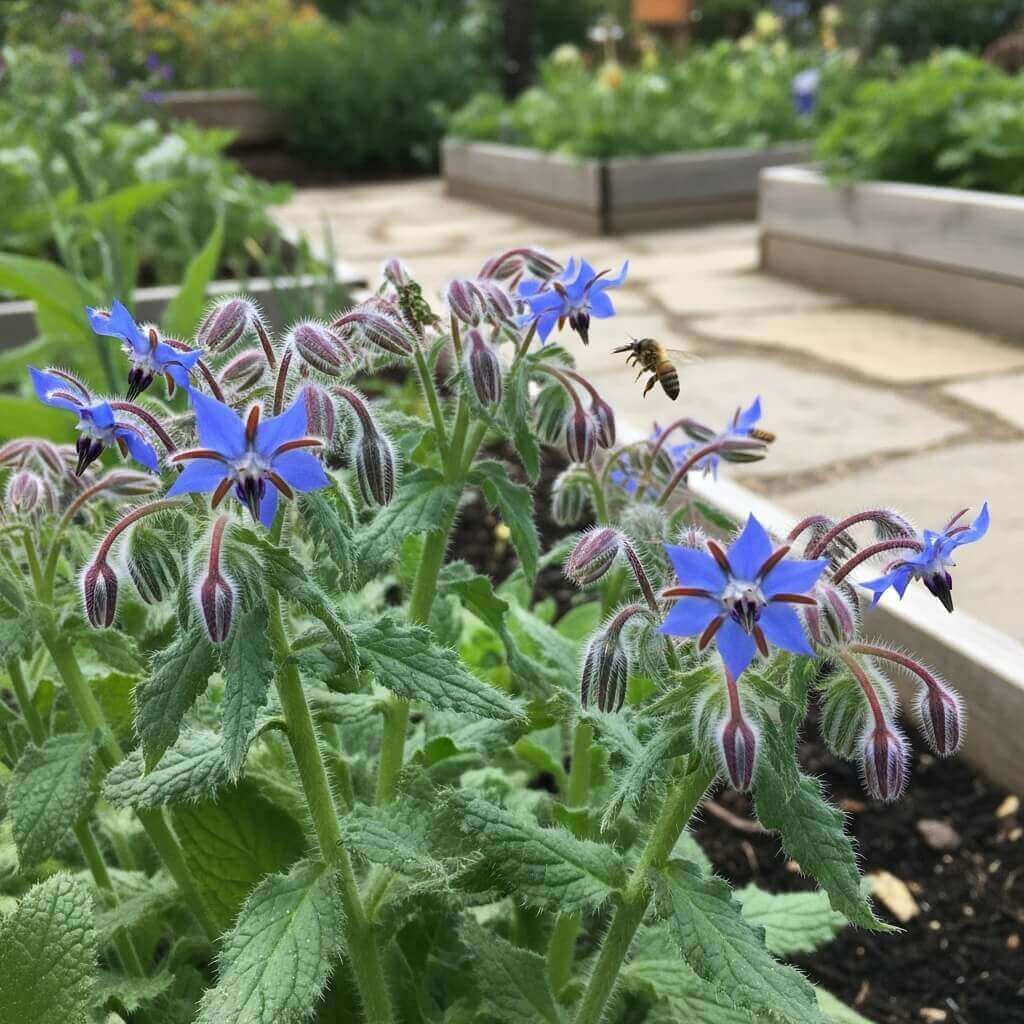
4. Chive Blossoms: The Onion’s Pretty Cousin
You might already grow chives, but did you know their purple-puff blooms are edible and fabulous?
Highlights
- Flavor: Mild onion taste
- Bloom Time: Late spring to early summer
- Zones: USDA zones 3–10
Growing Tips
- Plant in full sun
- Cut back flowers to encourage more leaf growth
- Divide every 2–3 years
Culinary Uses
- Sprinkle over baked potatoes or omelets
- Add to compound butters
- Infuse vinegar for a gourmet dressing
Side Note: If onions wore tiaras, they’d look like chive blossoms.
👉 Available on Amazon – Chive Seeds
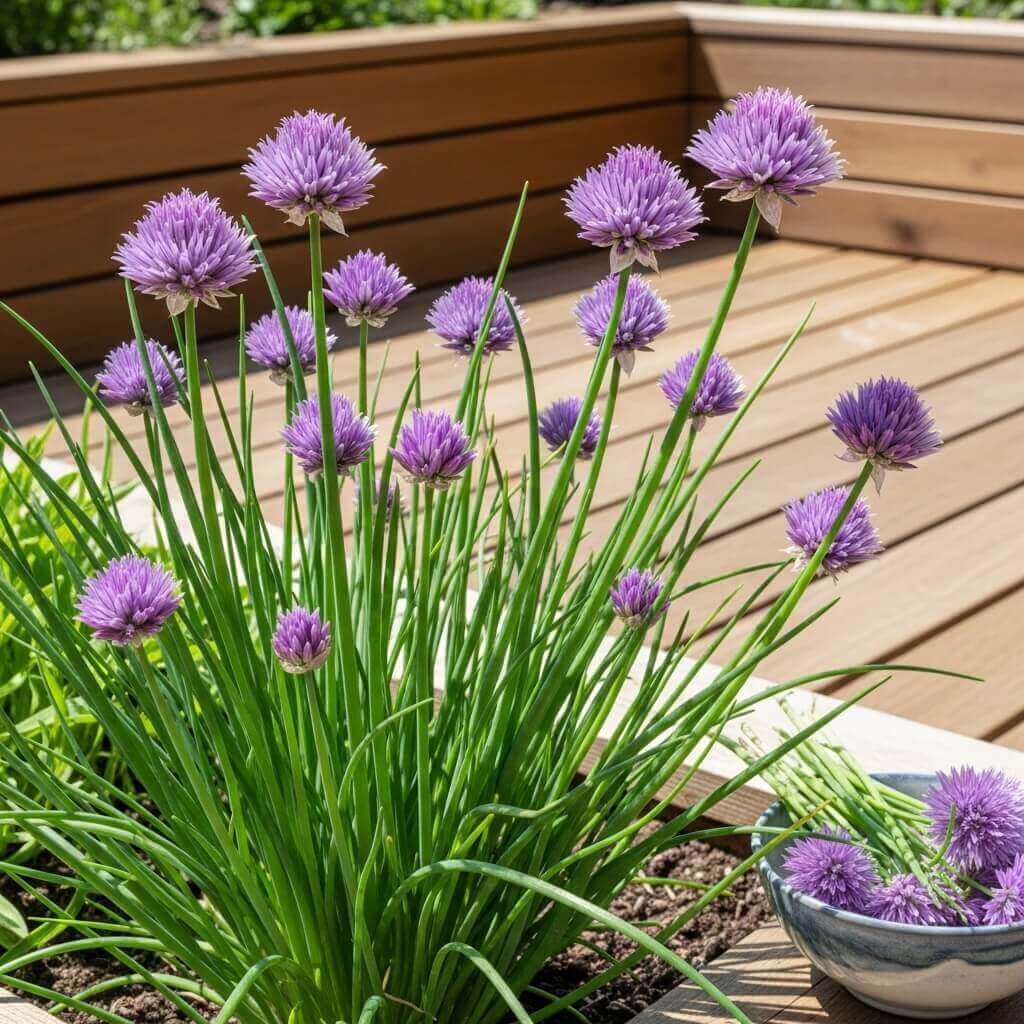
5. Lavender: Fragrant, Fancy, and Flavorful
No list of edible flowers to grow would be complete without lavender. It’s elegant, it’s aromatic, and it brings a slightly sweet, floral taste.
Highlights
- Flavor: Floral, sweet, slightly minty
- Bloom Time: Summer
- Zones: Best in USDA zones 5–9
Growing Tips
- Needs full sun and well-drained soil
- Don’t overwater
- Prune yearly to maintain shape
How to Use
- Bake into cookies and cakes
- Infuse in lemonade or syrup
- Use in herbal tea blends
Word of Warning: A little goes a long way—don’t make your cake taste like grandma’s perfume.
👉 Available on Amazon – Lavender Seeds & plants
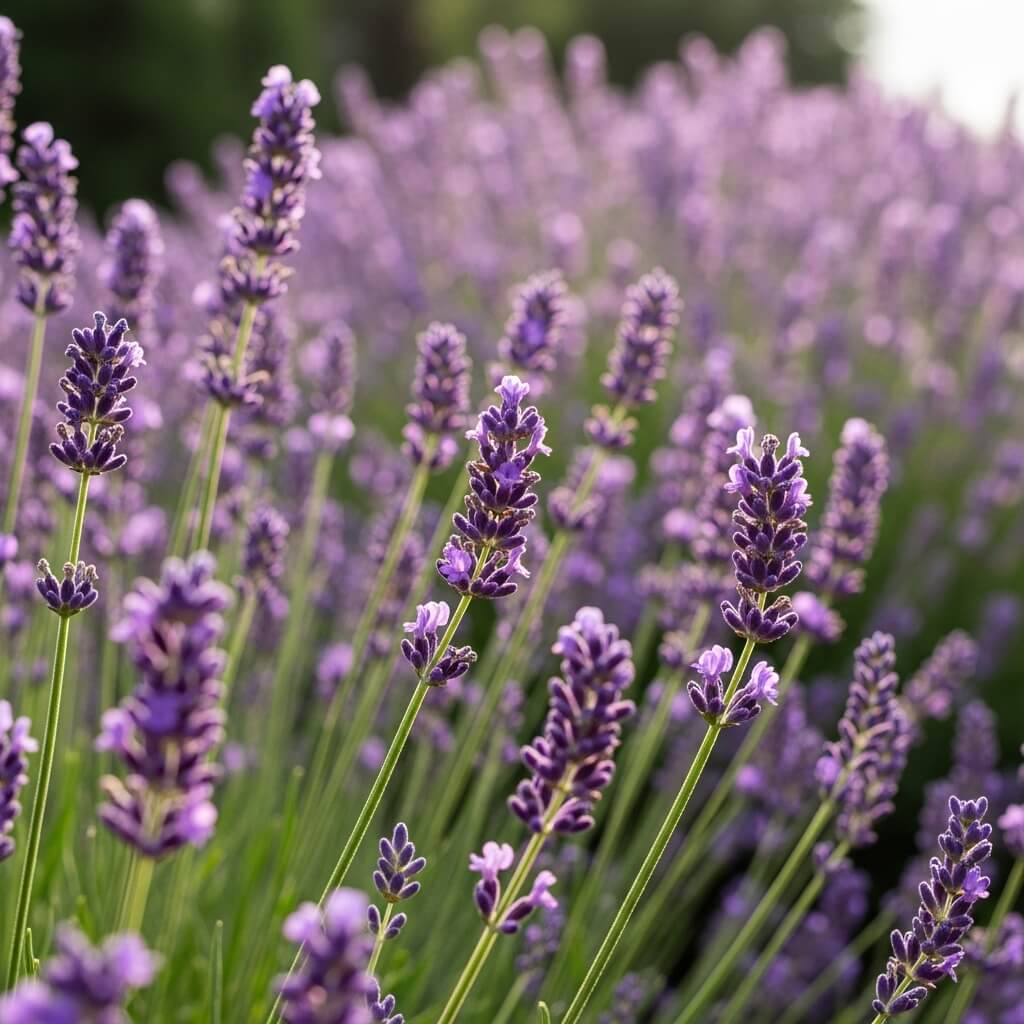
6. Squash Blossoms: The Garden’s Gourmet Gift
Ah yes, squash blossoms—the edible flowers that make Italian chefs swoon.
Standout Traits
- Flavor: Mild, slightly sweet
- Bloom Time: Summer
- Zones: USDA zones 3–10
Growing Advice
- Harvest male flowers for cooking
- Handle gently—they’re fragile!
- Use early in the morning when they’re fully open
Culinary Magic
- Stuff with ricotta and fry
- Add to quesadillas
- Use in soups or sauté lightly
Tip: These flowers are like the truffles of the edible garden—rare, delicate, and oh-so-worth it.
👉 Available on Amazon – Squash Blossom Seeds

7. Pansies: Edible Elegance
These cheerful blooms aren’t just for looks—they’re totally snackable.
Details
- Flavor: Mild, slightly sweet or grassy
- Bloom Time: Spring and fall
- Zones: USDA zones 4–10
Growing Tips
- Prefers cool weather
- Plant in partial shade
- Pinch off faded blooms to prolong flowering
How to Use
- Decorate cakes and cupcakes
- Freeze into ice cubes for cocktails
- Float on soups or salads
👉 Available on Amazon – Pansy Seeds
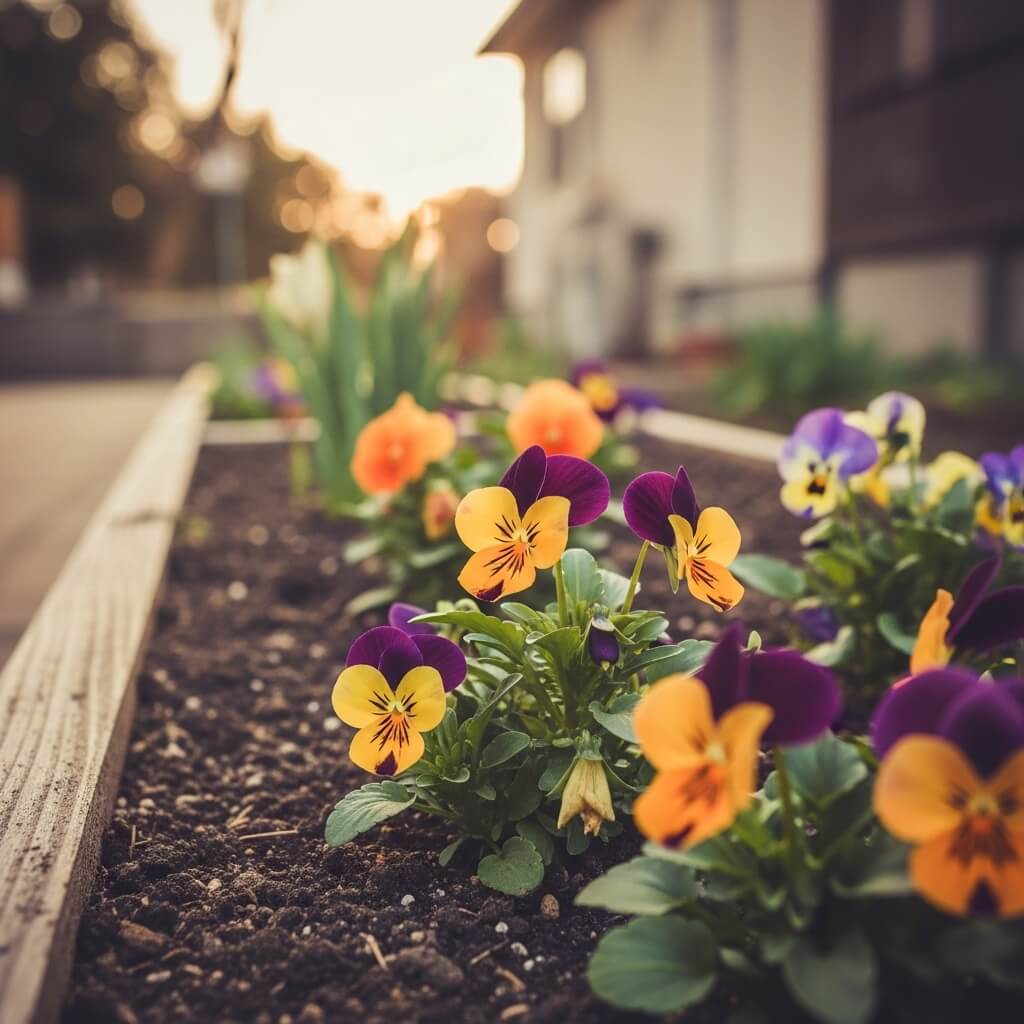
8. Bee Balm: The Wild Tea Wonder
Bee balm is not only great for pollinators but has a minty-spice flavor perfect for tea.
Key Info
- Flavor: Minty with oregano-like notes
- Bloom Time: Summer
- Zones: USDA zones 4–9
Growing Tips
- Loves full sun and rich soil
- Attracts bees, butterflies, and hummingbirds
- Spreads easily, so give it room
Culinary Uses
- Brew into tea
- Add to salads or fruit dishes
- Use petals to flavor syrups
👉 Available on Amazon – Bee Balm Seeds
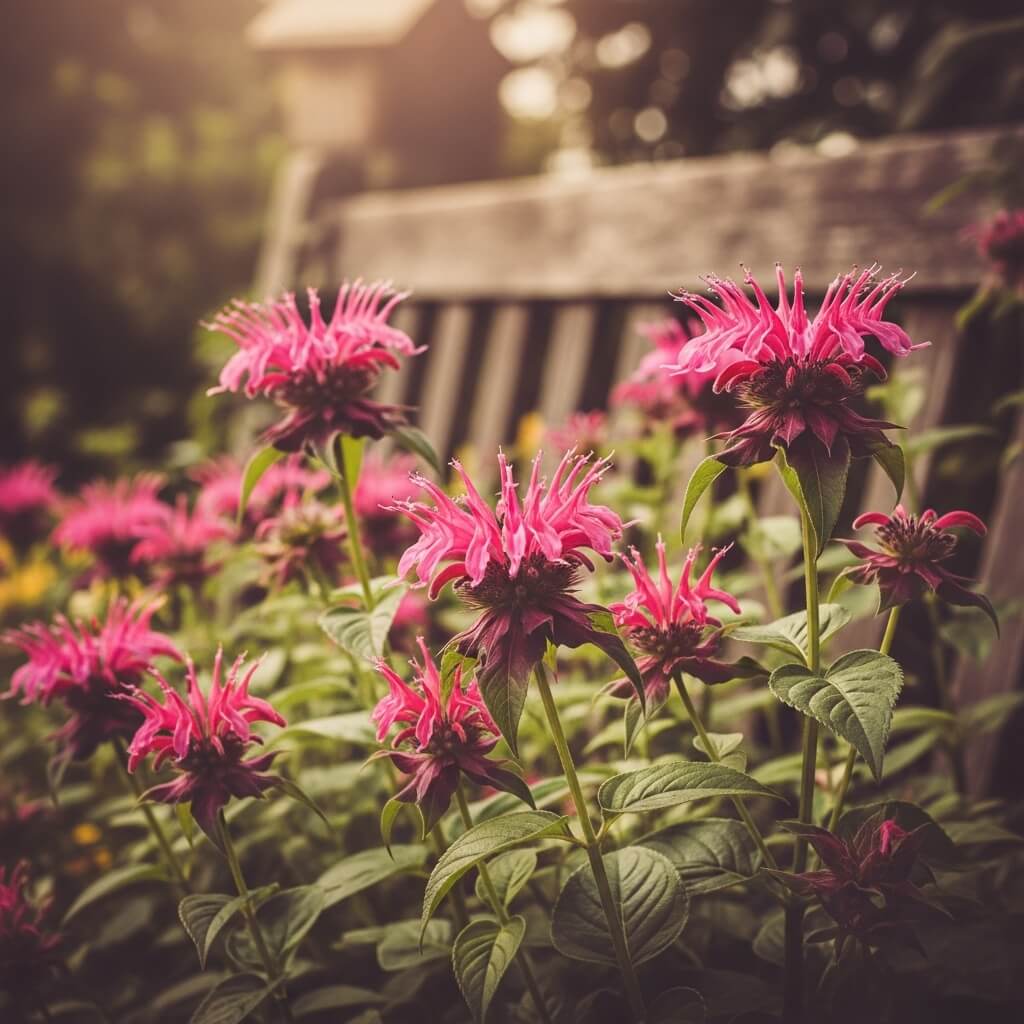
9. Rose Petals: The Classic Edible Bloom
Not all roses are created equal—make sure yours are grown organically!
Quick Facts
- Flavor: Sweet and floral
- Bloom Time: Spring through fall
- Zones: USDA zones 3–11
Growing Tips
- Choose fragrant varieties
- Full sun and well-drained soil
- Prune to shape and promote bloom
How to Use
- Infuse in syrups and jams
- Add petals to salads
- Make rosewater
👉 Available on Amazon – Organic Rose Petals
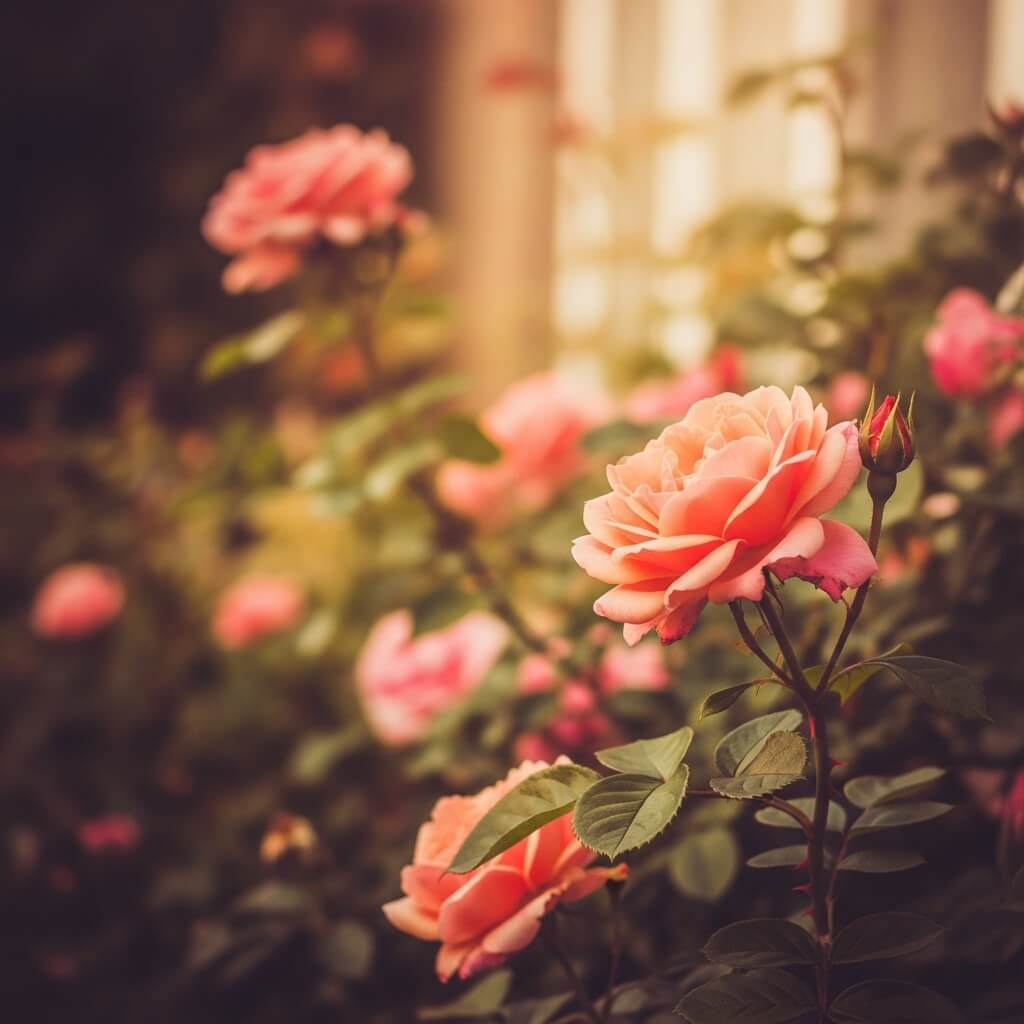
10. Hibiscus: Tropical and Tart
Tart and tangy, hibiscus is popular in teas and syrups.
All About It
- Flavor: Tart, cranberry-like
- Bloom Time: Late summer
- Zones: USDA zones 9–11
Growing Tips
- Needs warm climate and full sun
- Water regularly
- Protect from frost
Uses
- Brew dried petals into tea
- Use in jellies or cold drinks
- Cook down into syrups
👉 Available on Amazon – Hibiscus Seeds & plants
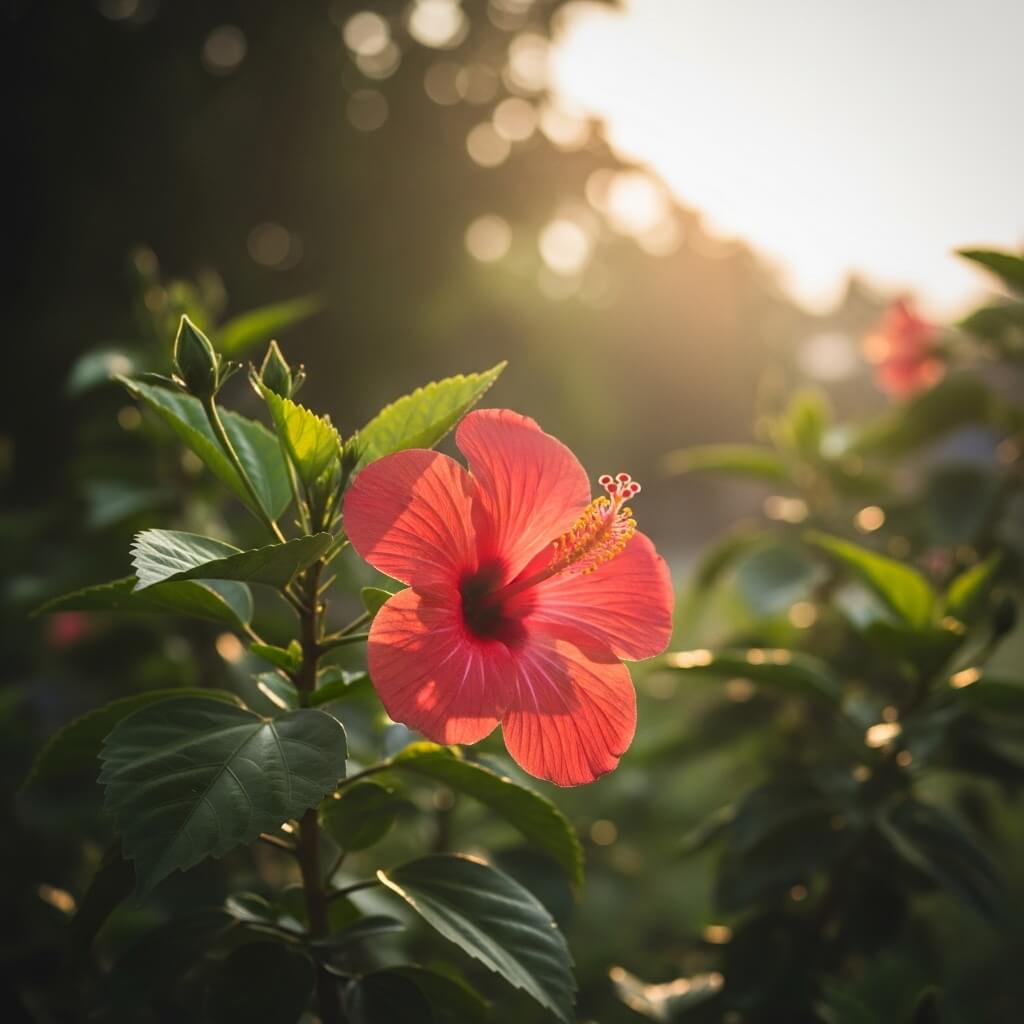
Gardening by Zone: Your Secret to Success
If you’re serious about growing edible flowers by USDA zone, you’ll want to plan smartly.
Tips by Zone
- Zones 3–5: Try chives, borage, calendula
- Zones 6–8: Add nasturtiums, lavender, squash blossoms
- Zones 9–11: Go big with hibiscus, marigolds, daylilies
Why It Matters: Planting for your zone ensures your flowers don’t give up halfway through the season like a tired marathon runner.
Explore more on Red Flowers for Your Garden
Quick Safety Notes Before You Munch
- Always confirm flower identity before eating
- Avoid pesticide-treated blooms
- Eat in moderation, especially the first time
For a full list of edible and non-edible flowers, check out the Missouri Botanical Garden’s edible flowers guide.
Conclusion: From Flowerbed to Tabletop!
And there you have it—your complete guide to the best edible flowers to grow in your garden. From spicy nasturtiums to cool borage, your backyard is about to become your new spice rack.
Remember: it’s not just about looks anymore. Your garden can taste as good as it smells.
So grab those gloves, sow some seeds, and don’t be surprised if dinner guests start complimenting your flowers… while chewing them.
Happy planting—and even happier eating! 🌸🍴
